|
by Sarah Momo Romero The holidays are here! Happy holidays everyone. If you’re like me, you were also caught up in the whirlwind of Christmas, family gatherings, baking, and hosting parties. Whew! It’s been so wonderful to gather around loved ones and eat delicious food, I love it all! So today, I’m catching up on a few things, including this blog post. As the post right smack in the middle of the holidays, I initially thought I would look for a holiday book to feature, as there is no shortage of delightful picture books about the holidays and this time of year. However, on my usual visit to the library, two books about wintry animals caught my eye, and I just had to pick them. And they just so happen to be from amazingly talented figures in the kidlit world, so I think I was meant to end my blog posts of the year with a big bang. Here I have to share with you Samson in the Snow by Philip C. Stead (author of the 2011 Caldecott Medal winner, A Sick Day for Amos McGee) and Penguin Problems by Jory John (New York Times bestselling author of books for both children and adults, including All My Friends are Dead) and illustrated by Lane Smith (author and illustrator of several award-winning books for children, including a favorite classic, The Stinky Cheese Man). Samson in the Snow is a true wonder to read, with its beautifully rendered illustrations capturing the frigid flurry of a snowstorm. The illustrations were handmade using oil pastels, charcoal, and cardboard printing, giving the illustrations a wonderful, textural quality. I can imagine Stead stamping the prints of the snowflakes and dandelion blooms across the pages; simple design, but great touches to the book as well. Nevertheless, this wooly mammoth’s story of searching for friendship will warm you right up. Anyone reading this one will wonder what became of Samson’s friend, and will delight in the heartwarming ending. Pick this one up for a wintry book about unlikely friendships. Penguin Problems will have everyone laughing at one very hilarious complaining penguin. Smith has not only illustrated a very funny penguin, but one with entertaining expressions and interesting textures. Penguin’s world, created in a minimalistic but painterly quality of daubs and dots of color, make for the perfect frosty setting. Penguin Problems is a must-read for anyone looking for a laugh, and a little perspective on appreciating the good things in life. I hope you are all enjoying this holiday season, whether you find the Christmas spirit in sunny Los Angeles like I do, or are staying warm in a winter wonderland of snow like Samson and Penguin. Looks like mine is the last post for 2017! Here's to many, many more fun picture book reviews and an amazing and inspiring new 2018 for all of us! Cheers!
You can find more of Sarah's musings and drawings here:
www.sarahmomoromero.com Facebook: Sarah Momo Romero + Instagram: @sarahmomoromero + Twitter: @sarahmomoromero We are so thrilled to announce that we made Feedspot's 100 Best Children's Book Blogs Awards List!12/19/2017
We made number 20, which is incredibly exciting considering who else is on this list.
Horray and thank you to our bloggers and to you for being here! Here's the link for the award page https://blog.feedspot.com/childrens_book_blogs/ and here's the link to our lovely blog to share! http://www.childrensbookacademy.com/blogfish xoxox Please share the love by leaving comments for our bloggers and letting others know about our Children's Book Academy bloggers known as The Blogfish!!! by Bryan Patrick Avery Last month, in honor of picture book month, we covered a few wonderful picture books that we could learn from. This month, I’d like to look at the other genre I’m passionate about: middle grade novels. First up, one of my favorites, Liar and Spy. Penned by Newberry Medal winner Rebecca Stead, Liar and Spy is spy thriller and part friendship tale. It follows the experience of Georges (the S is silent) who moves into a new apartment building and befriends a boy named Safer, who he meets at a Spy Club meeting. Safer is smart, but dealing with some personal issues. Georges is looking for a friend, and dealing with some issues of his own. As the two boys track Mr. X, a fellow resident Safer is certain is up to new good, Safer becomes more demanding and Georges begins to wonder if this friendship is worth it. What makes this book particularly satisfying is the ending. As Georges and Safer work through their issues, we learn something about Georges issues that change everything we thought we knew about his life. When I first finished the book, I wanted to start over again from the beginning just to see how the story felt, armed with this new information revealed at the end. Rebecca Stead has created a story that hooks readers with compelling characters, an interesting premise (who can resist a spy club) and an ending the packs a killer punch. It’s a terrific read, and we authors can learn a lot from Liar and Spy. Speaking of compelling characters, Rita Williams-Garcia has created an amazing protagonist in her National Book Award finalist novel, Clayton Byrd Goes Underground. When Clayton’s grandfather, Cool Papa Byrd dies, and Clayton is forbidden by his mother to play the blues, his one dream is crushed. Clayton had always dreamed of playing with Cool Papa and his band, the Bluesmen. Frustrated, sad, and a little bit angry, Clayton sets out to join the Bluesmen before they leave town. What follows is a journey that takes Clayton across New York City an into some rather precarious predicaments. He might not find the Bluesmen, but he is able to find himself. Clayton’s journey of self-discovery is an excellent example of character development and of how to build a flawed character who we still want to root for. I highly recommend it. For many of us, writing humor proves to be quite challenging, Terrible Two, written by Mac Barnett and Jory John provides a useful blueprint for successfully merging comedy and story into an engaging story. When Myles moves with his family to Yawnee Valley, he brings with him the reputation of being his old town’s best prankster. He quickly discovers that he is not the only prankster in Yawnee Valley and struggles to find his place. The new mystery prankster bests Myles at every turn until he reveals himself and the two decide to join forces. When they decide to plan the greatest prank ever, it will take all of their smarts to pull it off. What’s great about Terrible Two is that the humor doesn’t overtake the story. The book manages to be funny and suspenseful. Readers will not be able to put the book down once Myles and his partner start to execute their plan for the greatest prank ever. But they will laugh as they carry it out. If you haven’t read it, check it out. It’s fun and provides some great examples of mixing humor and story in a productive way.
That’s all for this month. Have a magical month! by Melissa Stoller I’m happy to be posting my second piece as a Blogateer! This time, it’s all about TITLES! I’ll focus on how to brainstorm engaging titles, and I’ll offer some examples of titles that make readers want to stop, look, and read. CREATING TITLES Just as character names are important, so are titles. In a bookstore or library, children spend a short amount of time looking at the book cover. The cover art is crucial in piquing interest and grabbing the reader’s attention. And a compelling title can have the same effect. An engaging title can increase the chance that a young reader will stop, look, and read the book. If the words of the title interest the child, the chances increase that the child will pick up the book. In my debut chapter book and my picture book, I used words including “enchanted” and “magic,” hoping that young readers will gravitate toward stories with a magical twist. I also added “paintbrush” to capture those kids who enjoy art and creativity, and “collection” to appeal to those who love to collect. I hope that by choosing these words, I can connect with potential readers. In another upcoming picture book, I devised a title to take off on a popular saying. At first, I titled the book “Ready, Set, Go,” but my critique pals advised that this title sounded too generic and they didn’t get a sense of the story. So I revised, and switched to READY, SET, GORILLA! This title tells the reader that a gorilla will feature prominently in the story, and also implies that there’s a race involved. Hopefully, this will encourage young readers who like gorillas, and a bit of competition, to pick up the book and peek inside. As wordsmiths, writers are very particular about the words they choose to capture the story. It’s also crucial to pay similar attention to the words of a book’s title. EXAMPLES OF COMPELLING TITLES Here are ten of my favorite titles, from recent picture books, that encourage children to stop, look, and read: Whobert Whover, Owl Detective by Jason Gallaher - The name Whobert Whover is brilliant, with the questioning word “who” and the sound “hoo.” Plus, anyone who loves owls or detective stories will want to read this book. After the Fall: How Humpty Dumpty Got Back Up Again by Dan Santat – If you enjoy nursery rhymes, you’ll want to read this book to find out what happened to Humpty Dumpty. Manjhi Moves a Mountain by Nancy Churnin - Who is Manjhi? Why does he need to move a mountain? This title makes the reader want to find out (and extra points for great alliteration). Love, Triangle by Marcie Colleen - Super wordplay about a shape and a situation with three competing parties. How will this dilemma be resolved? Daddy Depot by Chana Stiefel - The reader can picture a huge depot warehouse that sells all types of dads. Which dad will be perfect - we want to find out more! Jabari Jumps by Gaia Cornwall - The reader will want to turn the page to see what Jabari jumps into (and great alliteration). 7 Ate 9: The Untold Story by Tara Lazar - We know the joke and want to see how the author interpreted it. Twinderella: A Fractioned Fairy Tale by Corey Rosen Schwartz - Any play on Cinderella will get some notice, and the fractioned fairy tale wordplay is also engaging. I Have a Balloon by Ariel Bernstein - Balloons are perennial favorites and the reader wants to know why this balloon is special. Plus, will the “I” have the balloon for long? Bunny’s Book Club by Annie Silvestro - A bunny, a book, and a club . . . sounds appealing (and more fun alliteration). * * * Until next time . . . happy writing, creating, and crafting titles! 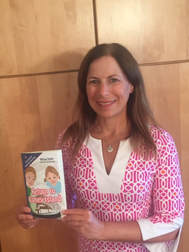 Melissa’s Bio: Melissa Stoller is the author of the debut chapter book THE ENCHANTED SNOW GLOBE COLLECTION: RETURN TO CONEY ISLAND (Clear Fork Publishing, July 2017); the debut picture book SCARLET’S MAGIC PAINTBRUSH (Clear Fork, 2018); THE ENCHANTED SNOW GLOBE COLLECTION: THE LIBERTY BELL TRAIN RIDE (Clear Fork, 2018); and READY, SET, GORILLA (Clear Fork, 2018). She is also the co-author of THE PARENT-CHILD BOOK CLUB: CONNECTING WITH YOUR KIDS THROUGH READING (HorizonLine Publishing, 2009). Melissa is an Assistant for Mira Reisberg’s Children’s Book Academy, a Regional Ambassador for The Chapter Book Challenge, an Admin for The Debut Picture Book Study Group, and a volunteer with SCBWI-MetroNY. Melissa writes parenting articles, and in previous chapters of her life, she has worked as a lawyer, legal writing instructor, and early childhood educator. She lives in New York City with her husband, three daughters, and one puppy. When not writing or reading, she can be found exploring NYC with family and friends, traveling, and adding treasures to her collections. Connect with Melissa online at www.MelissaStoller.com, MelissaBergerStoller (Facebook), @MelissaStoller (Twitter), and Melissa_Stoller (Instagram).
Earlier this year, I attended a FREE webinar hosted by the Children's Book Academy. Dr Mira Reisberg invited Editor, Julia Maguire, to share tips on what makes a great narrative, in the style of dark humour. The books that succeed with black humour often share some, if not all, these characteristics. They: -
A clear example of the classic use of dark humour, in a picture book, is Zombie in Love by Kelly DiPucchio and Scott Campbell. It takes an icon of the horror genre and places him in a hapless romance narrative. Through use of an OTT scenario and ‘woe is me’-exclamations, the zombie becomes a figure of sympathy. The reader is invited to both laugh and cry, with this lonely figure who just wants to find love. Recently, Bryan Avery wrote in The Blogfish about Jon Klassen’s modern classic, I Want My Hat Back I’d like to expand on a discussion of this author, by describing him as a master of subtle dark humour. His characters deal with everyday moral quandaries that kids can relate to, like ‘outing’ the person who has stolen your hat, or in the case of my personal favourite, We Found a Hat, deciding whether to sell out your best friend and take something you both want. Klassen is not advocating the triumph of revenge or dishonesty but he is acknowledging that they are real human emotions and he plays mischievously with the concepts, delighting children with the suggestion of naughtiness. Klassen’s humour goes by the style of simplicity, narrating through dialogue and letting his illustrations and their dark colour palette, do most of the talking. And, he uses animal characters to engage young readers and soften the blow of potentially questionable but relatable human behaviour. Recently, it was a revelation to come across the work of new Australian author-on-the-rise, Philip Bunting. His narrative and illustrative style has been likened to Jon Klassen's and I agree with this comparison. Mopoke is Bunting’s innovative, break out hit for 2017. When I first glanced through the book, I’ll admit I didn’t exactly laugh out loud but I read it to my 5-year old son. With no prompting at all from me, he belly-laughed his way through every darkly-illustrated page. Like the sparse text used by Klassen, Bunting keeps it incredibly simple. The premise is a naturally quiet, little mopoke (a type of owl) who becomes a figure of fun through visual humour.
The narrative pattern is word play. Each spread has a full page illustration accompanied by a play on words. For example, ‘High-poke’, with a figure of a mopoke in a top hat. “Low-poke’, with a graphic of a mopoke down on his luck, and ‘Mow-poke’ to describe a mopoke with a moustache. The dark quality of the humour is heightened through the colour scheme, which favours blacks and browns. It is also conveyed via deadpan humour; quite opposite to the exaggerated comedy of Zombie in Love, and more akin to Klassen. Next time you laugh at a book, particularly a children’s book, stop and think about what makes it funny? Julia Maguire and Mira Reisberg opened a world of the different genres of humour to me. I am keen to try them all as a writer. Next month in my blog post, I am feeling inspired to write about fractured fairy tales, a popular genre that often takes its cue from dark humour. What are your favourite picture books that use black humour? I’d love your suggestions in the comments! Brydie Wright Bio Graduate, Craft & Business of Children’s Picture Book Writing Course Chief Editor, Sydney Mums Group and Reviewer, WeekendNotes Author of Daddy and the World's Longest Poo, IAN Awards 2017 Finalist, & Magic Beans from the Creative Kids Tales Story Collection Website - Facebook - Twitter - Goodreads |
We are so excited to be mixing things up at CBA, beginning with some delicious additions to the Blogfish. Meet our awesome bloggers!!
Here's our lineup: 1st Mondays begin with former school psychologist Dr. Debra Collins who will be writing about Social emotional Learning in kidlit and behind the scenes as well as Jewish children's books. 2nd Mondays will feature super smart Melissa Stoller whose career is taking off with several new books. 3rd Mondays will feature our new blogger coming soon. 4th Mondays features new blogger, the fabulous Brentom Jackson, who has a beautiful approach to blogging. And 5th Mondays we'll be taking a break Archives
July 2024
|
|
Discover
|
About Us
|
Join Us
Join our Community and receive a fabulous free gift, KidLit tips, newsletters, scholarship info, contests, and more!
Join our KidLit Mentorship |
Social Media
Interact with our FaceBook Group or follow us on:
|
© 2010-2024 All content on this website is copyrighted. Sorry, all courses are non-refundable.
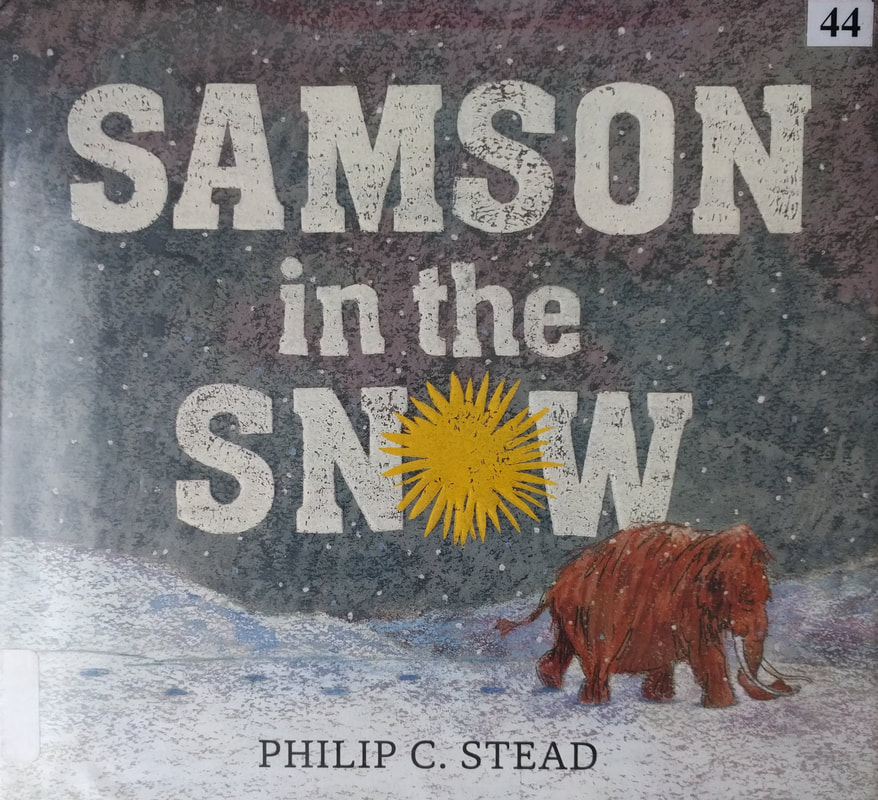
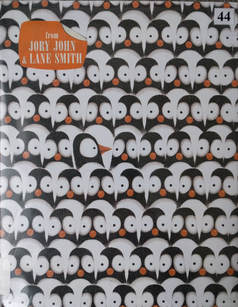
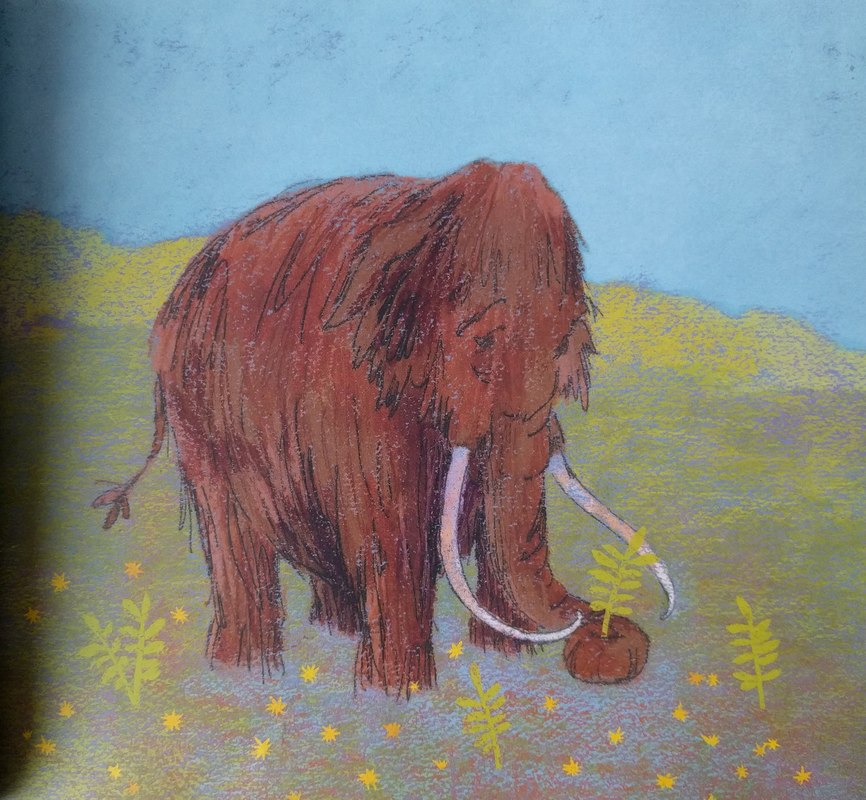
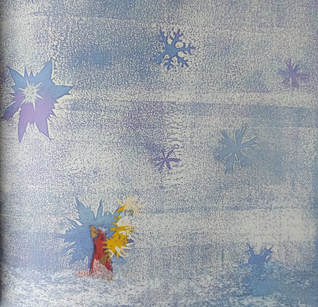
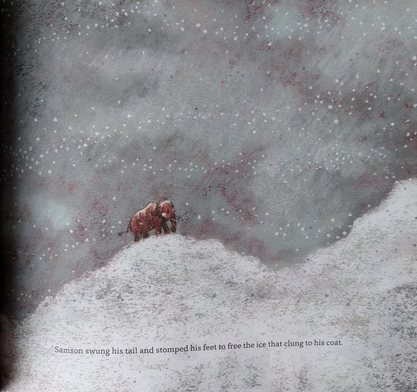
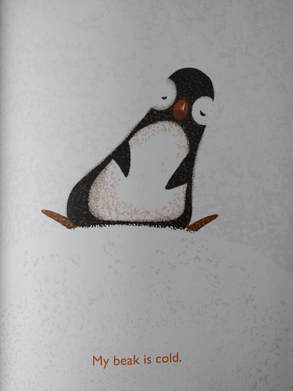
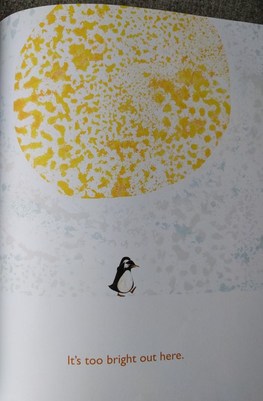
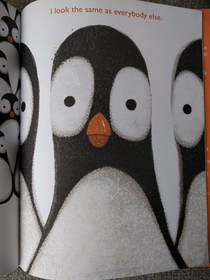


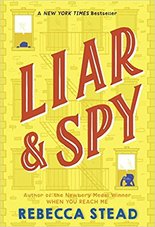
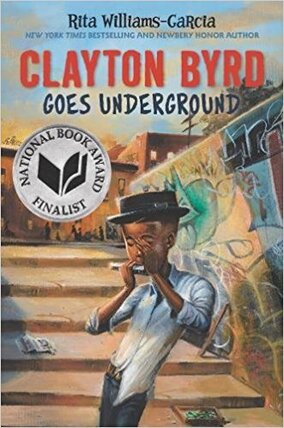
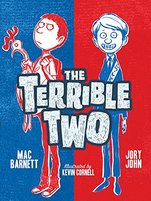
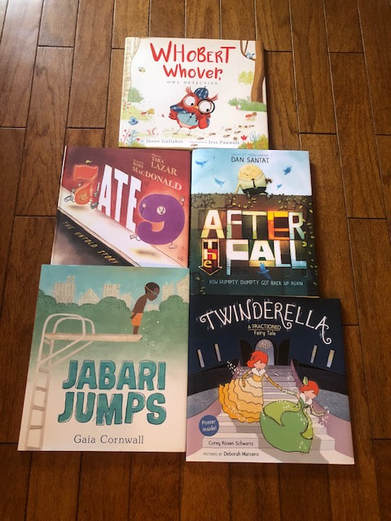
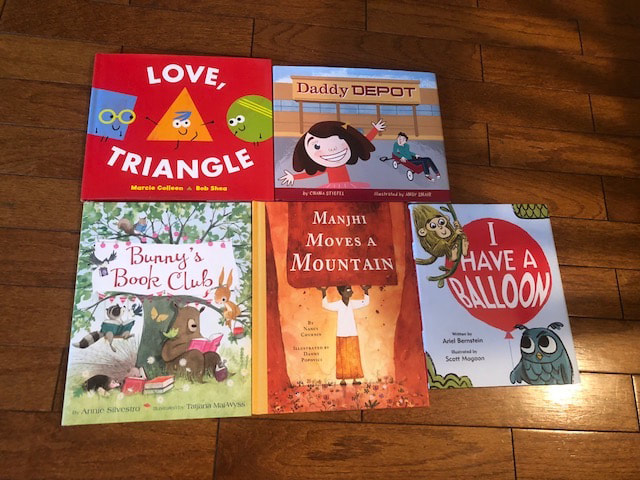

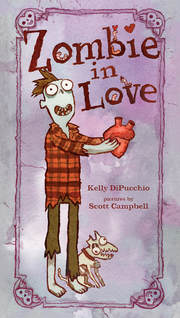
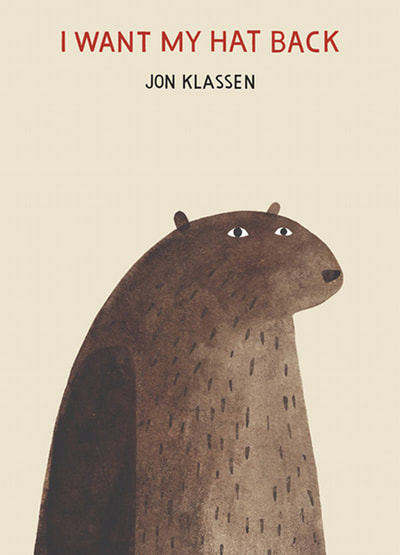
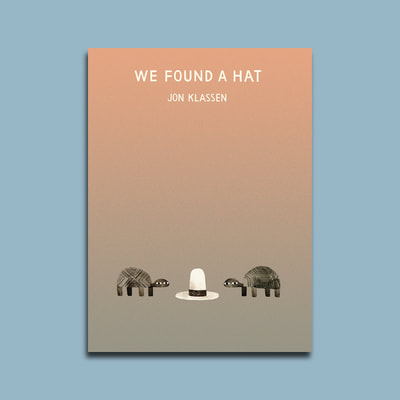
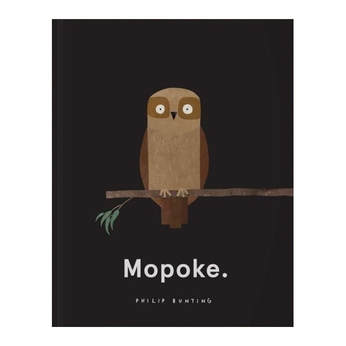
 RSS Feed
RSS Feed
